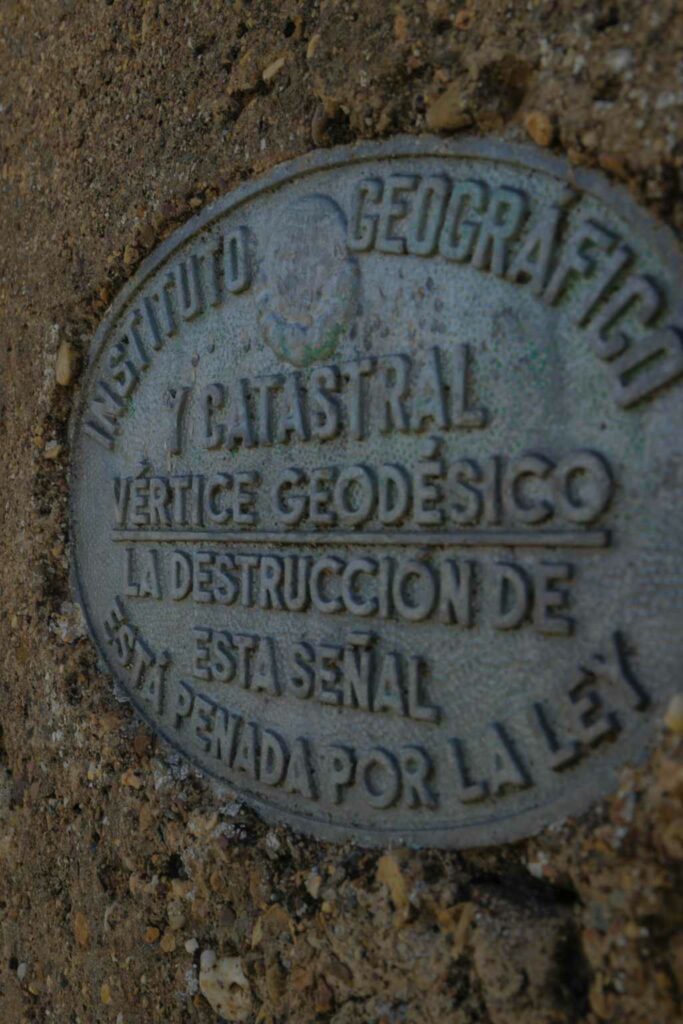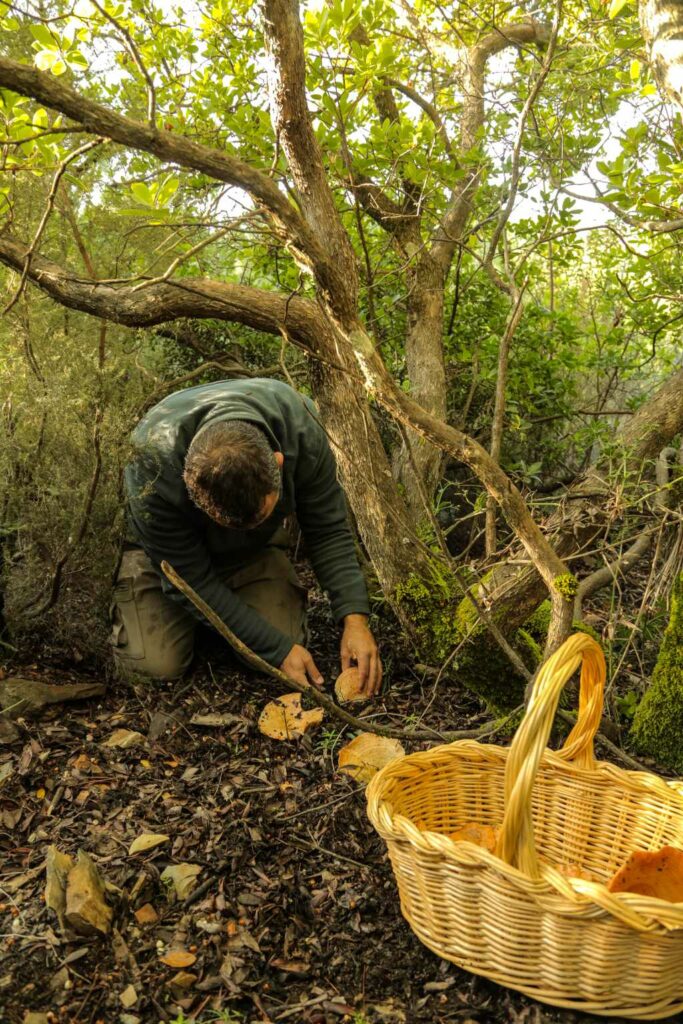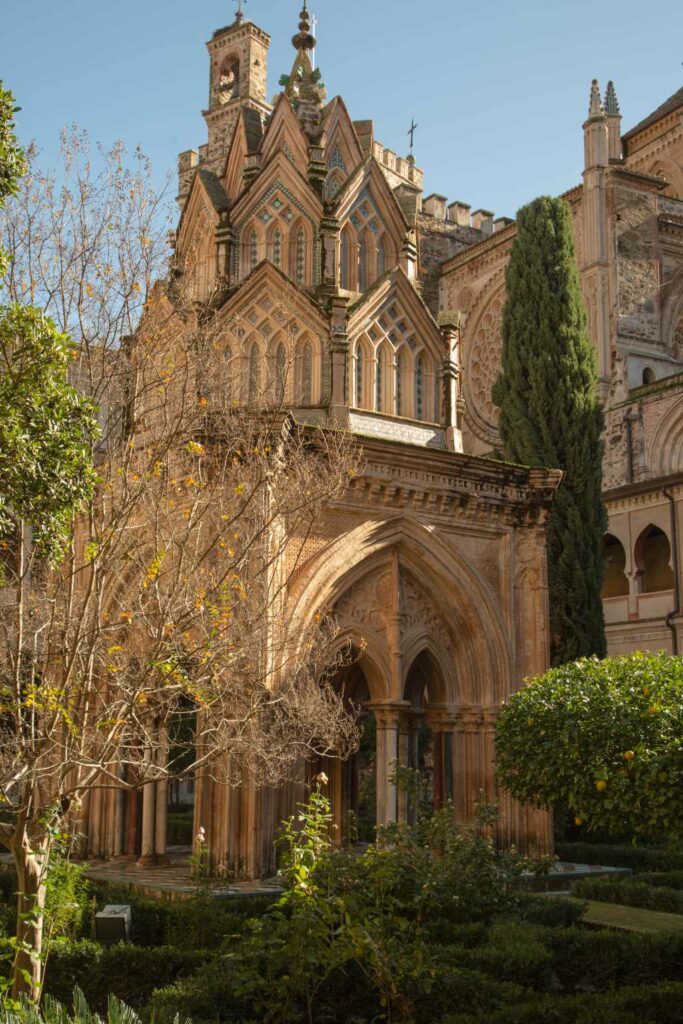Cabañeros Road
A Safe Route
Since the Middle Ages, the faith of the Christian man in undertaking enormous distances with a strictly religious purpose, was one of the essential characteristics in the consolidation of the different pilgrimage centers in the peninsula. All of this represented a direct challenge to human capacities, an unmistakable trait in the pilgrim who was preparing to make the journey: distance, places difficult to travel, absence of roads or precarious conditions, accommodation problems, food shortages and human risks. That is why one of the main problems that the Guadalupana institution had to face to settle these pilgrimage routes, was the enormous uninhabited extension of the regions bordering the Monastery. This made the journey of the pilgrims difficult, who had to cross several days of hard march through totally uninhabited mountains, without finding refuge on their way and therefore being more easily victims of highwaymen. Without ceasing to pay attention to the lack of food that, due to improvisation, ignorance or fortuitous circumstances, could happen to them. The reality is that there were not a few pilgrims who, having embarked on the path to reach Guadalupe, died of these causes on the way. The problem posed by transit through these lands was well known by King Pedro I himself towards the end of the 14th century, who was able to verify the difficulties that the journey presented. However, we know that the movement of pilgrims who came from the east, especially in the 15th and 16th centuries, used this path as they considered it safer than the other two Guadalupana pilgrimage routes, we are referring to the Camino de los Montes de Toledo, and the Camino the Levante, from Saceruela. A great protagonist of this path, who helped to consolidate it as a safer route, was Alfonso XI of Castile (1312-1350), founder and great benefactor of the Monastery of Santa María de Guadalupe. Under his reign, he ordered the paving of the area, where the Sierra de Altamira begins to descent, as it passes through the town of Puerto Rey, to facilitate the passage of the royal entourage and pilgrims on their way to the monastery. The beginning of our tour begins in the town of Alcoba, a town integrated into the Montes de Toledo and since 1542 belonging to the old ‘States of the Duke’ or ‘States of the Duke of Medinaceli’.Guadeloupe Tourist Office
Plaza Santa María de Guadalupe, 10140 · Guadalupe
Tel: 927 154 128
oficinadeturismo@ayuntamientodeguadalupe.es
Aprodervi
Calle Zorilla, 1
10136 Cañamero · Cáceres
Tel: 927 369 429
Fax: 927 369 196
www.aprodervi.com.es



